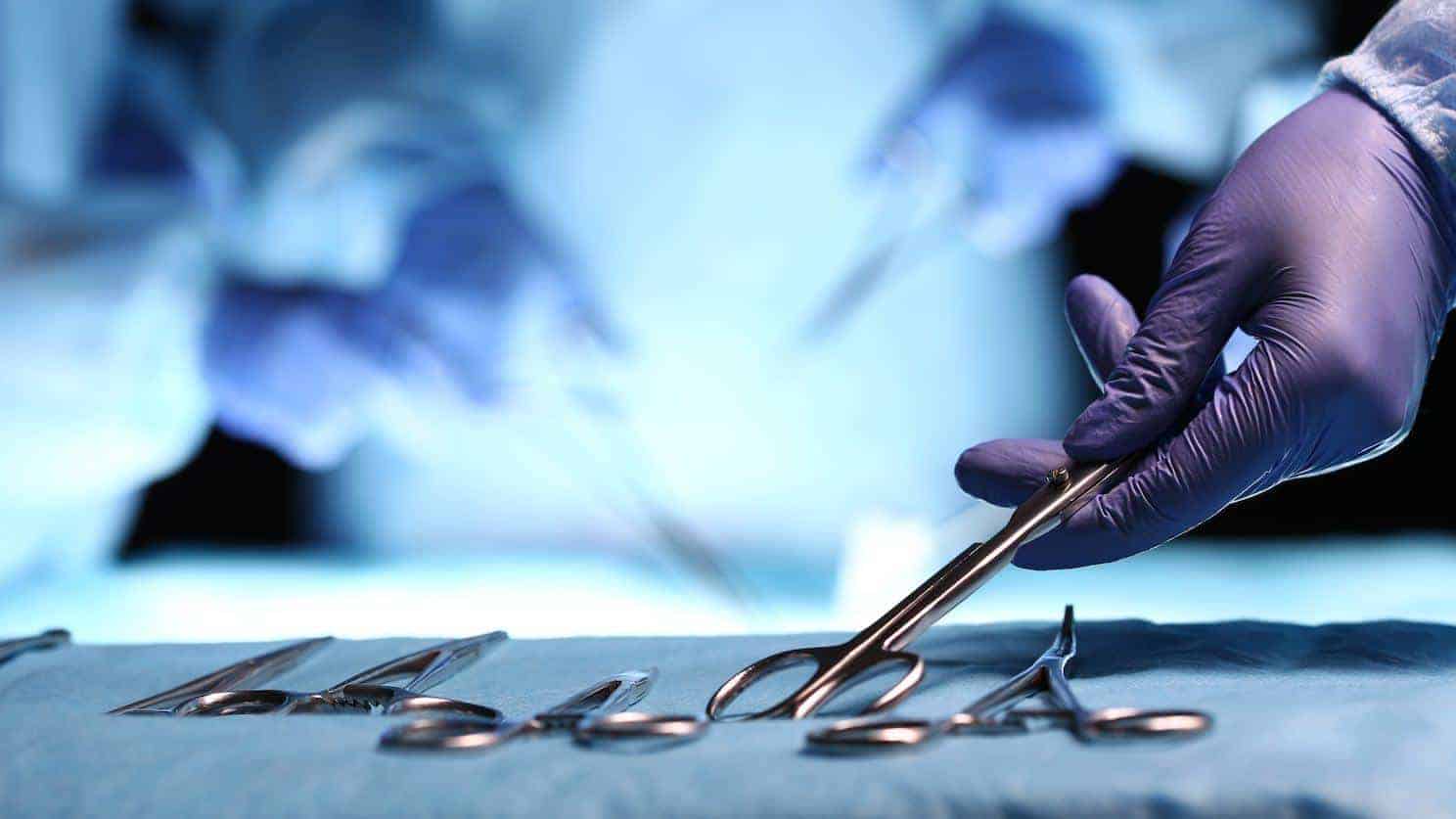Breast implants, butt implants and even nose, cheek and chin implants all add volume and shape to the body. Endotine implants used in brow lifts, neck lifts, face and midface lifts serve a different purpose. Rather than add volume, they help hold facial tissue, offering an alternative to multiple sutures in facial rejuvenation procedures. This article explains how Endotines work and how some surgeons use Endotines to improve surgical outcomes and produce longer lasting results.
Endotines are a type of bio-absorbable polymer implant used by surgeons in procedures such as brow lifts, facelifts and neck lifts. They resolve the problem of soft-tissue fixation in facial plastic surgery, one of the least predictable or controllable aspects of brow or forehead lift procedures. Instead of adding volume as other implants do, Endotine implants are used to reduce tissue strain caused when sutures are used in facial ‘lift’ procedures. Endotines can add stability and strength to soft tissue fixation, making the outcome of your lift more stable.
Minimise Scaring and Hair Loss
In traditional face, brow or neck lifts, sutures are used to connect soft tissue to other soft tissue. Typically, multiple sutures are necessary to achieve any type of ‘lift’. These sutures, because of the weight of soft tissue they bear, can cause tissue tension and strain. Sutures sometimes cause unsightly scars, and excessive tension on soft tissue can lead to problems such as the “cheese-wire effect” or even to the eventual undoing of the results of a face or brow lift procedure. When used on scalp wound closure, Endotines can minimise scar widening and the possible resulting hair loss.
Are Endotines Better Than Sutures?
Endotines give the same results as sutures, but without tissue strain and other possible problems. They are tiny implants with multiple tines or hooks that are used to peg up the soft tissue. One Endotine can provide the strength of multiple sutures, spreading its holding power over a larger area. Unlike sutures, which join layers of soft tissue, Endotines are fixed directly onto the bone. When Endotines are used, they are first attached to the bones of the face. The tines or hooks on the implant are then used to hold up the ‘lifted’ soft tissue, including the skin.
Shapes & Sizes of Endotines
Endotines come in different sizes and shapes, especially designed for use in different areas of the face. They vary by shape as well as by the numbers and length of tines and give surgeons a wider choice of options when catering to the unique needs of their patients. Some are also adjustable, allowing extra flexibility during the insertion process.
Endotines Are Absorbed by the Body
Endotines are inserted into the face through small incisions. When inserted in the face during a facelift or other procedure, they act as fixation devices throughout the healing period. After about three months, nature takes over the role of fixation. They are fully absorbed within a year and disappear from the face completely. Before absorption is complete, it is possible to feel the presence of Endotines under the skin, but because they are transparent, it is rare for them to be visible. Full absorption also means no additional procedures for their removal. Nor, unlike other implants, do they typically need to be replaced.
What Are the Benefits of Endotines?
Endotines can offer benefits for both surgeons and patients if used correctly. They are also an alternative to multiple sutures. They can lower the likelihood of unsightly or stretched scars, or the cheese-wire effect that occurs when sutures place too much tension on soft tissue after a cosmetic procedure. They are however, an implant made of a synthetic material. It is important that you understand this and have a consultation with an accredited surgeon in order to feel comfortable with the Endotine procedure.

I’d like some further information plse , also regarding prices and locations, thanks
Just to be clear on what ‘part’ of the endotine that breaks down?
The tines (hooks) are only what break down correct?
The ‘plate’ is fastened to the skull??
Then eventually the tissue will grow over the plate that remains?
If? the plate remains; does the tissue that grows over it…become a bump/ lump on the head?? Visible? Sore to the touch?
Or does the whole plate dissolve?
If the whole plate dissolves? then how does the skin remain fastened?
If the skin sags…with the aging process….will the old plates have to be dug out? as they will, well and truly be covered with skin tissue.
I hope my questions make sense-:)
I’m interested to have consultations about eyebrow lift And if possible breast lift by Endotines please!